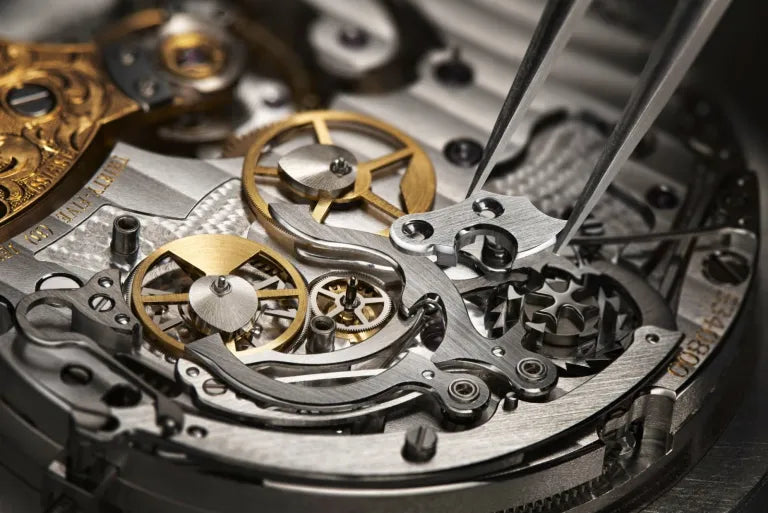Just think, of all we used to drive or take a photo of today, the last purely mechanical item is the watch. The above observation is replete with deep significance in the modern milieu characterized by the most widespread diffusion of digital technology in every nook and cranny of our everyday existence. In today's fast world, where smartphones, computers, and every gadget are ruling, a mechanical wristwatch represents more of a piece of art, clinging to its exclusivity of mechanical behavior.

At its very core lies the representation of craftsmanship and precision. Inside a mechanical wristwatch, every single piece is conscientiously engineered and built by the human hand, with accuracy to the ultimate point, so that it does its work with precision. From the escapement wheel to the balance wheel, everything inside contributes most vitally toward the fact that it does, indeed, keep time. This is really where this level of craftsmanship and attention to detail sets the mechanical watch apart from its digital cousins, who, all too often, will skimp on such precision craftsmanship for mass production and leading-edge technology.
Apart from the craftsmanship masterpiece, the mechanical watch also showcases itself as an art of mechanical engineering. The complexity of the internal mechanical watch movement is a tribute to the genius engineers and watchmakers who created and made it. From automatic movements that wind themselves with the movement of the wrist to manual movements requiring direct user interaction, the entire movement type offers a human view of mechanical engineering and the running of watches.

The mechanical watch goes beyond its nature and functions as a mere instrument for measuring time; it is also a cultural artifact, carrying with it precious meaning. Over time, the mechanical watch has been brought to the symbol of status, style, and technological advance. They have been valued objects in many cultures and are presented as bequeathed by one generation to another, more often than not appearing as cherished heirlooms bejeweled with stories and histories within their custom-made cases.
And on a digitized day and smart technology wave, the mechanical watch unquestionably has hell to pay. However, they are still very much in demand with their excellent craftsmanship and beauty. Modern mechanical watches benefit from innovations like silicon parts that significantly improve durability, reduce wear, and increase precision. But still, even if technology gets into everything, the need for the skillful art of traditional watchmaking increases.

Look at a mechanical watch; how would you disregard quality straps that fill up the looks of every watch, summing up all other functionalities? Watch bands from Milano Straps capture not just the craftsmanship but also the style and function. Made of premium leather, the straps are crafted by artisans and add aesthetic worth to any timepiece with comfort.
The mechanical watch is, into the future, a monument of human labor and the will to somehow unite tradition with progress. The inspiration, object of fascination, and the choice of all lovers involved in the human art and history it bears in each piece, mechanical watches are clearly not going to stop being.


